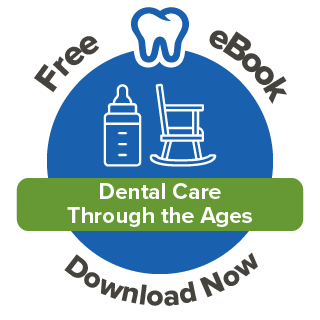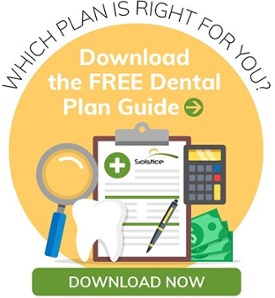By Deborah Pinnock on Oct 7, 2016 @ 11:32 AM
What are we going to name the baby? Which hospital should we choose? Should we let the sex of the baby be a surprise? Natural birth or cesarean? Decisions, decisions, decisions. Once you are expecting, you are faced with a series of important decisions. Then after your precious little one is born, one of the first things you must decide is whether or not to breastfeed.
Large bodies of research recommend breastfeeding children because of the many health benefits, including lower occurrences of ear infections, asthma, diarrhea and sudden infant death syndrome (SIDS). What many mothers may not know is that nursing also affects your child’s oral health, specifically their bite. A study featured by Pediatrics shows that children that are exclusively breastfed for up to six months, have a lower chance of developing various malocclusions (bite issues).
To better understand the connection between nursing and your child's dental health, let’s answer a few questions first.
What is malocclusion?
It’s probably helpful to first define occlusion. It’s how teeth are positioned and fit together. Ideally, teeth should be straight and the upper teeth should be slightly over the lower teeth. Also, the molars should fit comfortably into the trenches of the opposite teeth. When there are abnormalities with these, it is described as malocclusion. Your occlusion affects the shape of your face, how you chew, how you speak and even breathe. So naturally, when your occlusion is off, it’s easy to see how this affects your self-esteem and so much more.
How exactly does breastfeeding impact a child’s bite?
The act of nursing is jaw exercise for babies. It actually helps to encourage the growth and development of the bones and muscles of the jaw. There’s simply no substitute for this. So while sucking on a pacifier may seem to mimic the action of nursing, it lacks the positive impact on a child’s oral development.
How does breastfeeding help children avoid braces?
By studying over 1,300 children over a period of time and how they were fed, the Pediatrics study concluded that when nursing is the primary way a baby receives food, the risk of developing bite issues (which can result in orthodontic treatment later) were significantly less. The frequency of the following was lowered:
Open Bite
An open bite is the vertical distance between the upper and lower front teeth. It can result in overcrowding of teeth in the lower half of your child’s mouth, excessive eruption of upper back teeth and a slightly open mouth when your child’s face is in a resting position. According to the study, the frequency of an open bite was lowered by 41 percent in children who were exclusively breastfed for up to six months.
Cross Bite
A cross bite is when the cusp of a tooth in your upper arch curves into a tooth in the lower arch or the other way around. Another study from the National Institute of Health shows that of the 1,377 kids who participated and who were breastfed for 6 to 12 months, only 8.3 percent were at risk for posterior cross bites. However, 31.1 percent of those who were not breastfed were at risk.
Moderate to Severe Malocclusion (MSM)
There are different degrees of malocclusion or misalignment. Depending on the severity, they are placed in three different classes:
Class 1: This is where there’s a healthy bite but the upper teeth slightly jut out beyond the lower ones.
Class 2: This category includes a severe overbite, where the upper jaw and teeth extend beyond the lower teeth and jaw.
Class 3: An underbite is categorized as class three. It means that the lower jaw and teeth extend beyond the upper.
There is a lower occurrence of MSM in children that were exclusively breastfed. The numbers show that babies who were nursed exclusively for up to 6 months had less frequency of MSM by 72 percent compared to those who were not.
In conclusion, dental care in general can be very expensive, illustrating the need and importance of having dental insurance. And one of the most expensive and extensive dental investment is orthodontic treatment. Parents end up spending thousands of dollars to correct misaligned teeth. Some bite issues are hereditary so it may not be possible to avoid them. However, it may be minimized from the start with breastfeeding. Of course, your decision to nurse – or not – is a personal choice. With dental insurance covering braces and the growing variety of options with clear braces and cool colors, your child’s smile will be sure to shine.
Related Topics:
What is Pre-Orthodontia for Children
Things to Consider for Orthodontia: Preventive Treatment
4 Ways to Help Ease the Pain of Braces for Kids





comments